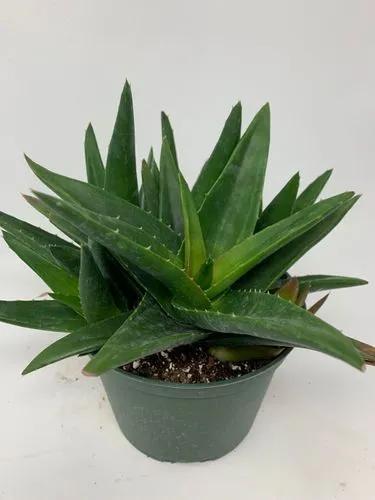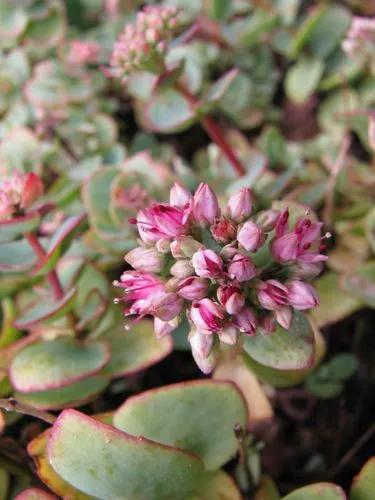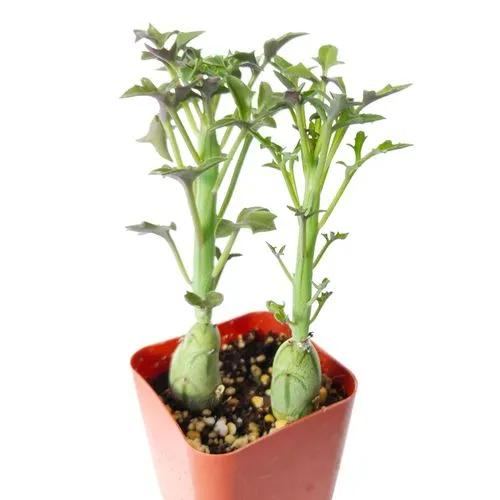Cultivating Echeveria secunda is a breeze for succulent enthusiasts. These plants are low-maintenance and propagate effortlessly. Also, they sport a beautiful blue hue, with the intensity varying throughout the year, deepest in warmer months and paling with red tips during winter.
Echeveria secunda Care
Echeveria secunda



Echeveria secunda, also called Blue Echeveria or Glaucous Echeveria, is a striking succulent known for its blue-green rosettes, its main identification features. As it matures, it reaches around 6 inches (15 cm) in both height and diameter. Native to Mexico, it features bluish-green leaves with pink or red edges and tips, along with charming plant blooms with red flowers in late spring, creating a unique appearance for any indoor or outdoor collection.
How to Care for the Plant

Water

Think of Echeveria secunda as the desert wanderer of your indoor plant collection. They prefer to stay a bit thirsty. Water deeply, but only when the top inch (2.5 cm) of the soil feels completely dry. During their growing season (usually spring and summer), hydrate them about once every 2-4 weeks. In the winter months, cut back to once a month or even less.

Pruning

Trim any leggy or unhealthy leaves as needed. Echeverias tend to grow compactly, but a little grooming can keep them looking neat.

Fertilizer

During their growing season, offer a balanced, diluted succulent fertilizer every 6-8 weeks. They're not big eaters, so don't overdo it.

Sunlight

These succulents crave bright, indirect sunlight. A sunny windowsill or a spot with filtered light will make them happy. If you don't have enough natural light, consider using a grow light.

Soil

Echeverias love well-draining soil. Use a cactus or succulent mix, or create your own by adding perlite or coarse sand to regular potting soil.

Propagation

Just gently pluck a healthy leaf and let it dry for a day or two. Then, place it on well-draining soil and mist occasionally. Soon, you'll see tiny plants forming at the base of the leaf.

Temperature

They thrive in warm indoor temperatures, ideally between 65-75°F (18-24°C). Keep them away from drafts and sudden temperature swings.

Container

Opt for a container with drainage holes at the bottom. A shallow and wide pot works well since it mimics their natural growth habit. In fact, terra cotta pots are a popular choice because they allow for good airflow and moisture evaporation.

Fun fact

This stunning succulent has 13 synonymical species names, which makes the Echeveria genus a little confusing, but be sure Cotyledon glauca, C. secunda, C. pumila, Echeveria glauca, E. byrnesii, E. pumila, and E. rosacea are all the names of this one cool succulent.

Popularity

5,840 people already have this plant 299 people have added this plant to their wishlists
Discover more plants with the list below
Popular articles






